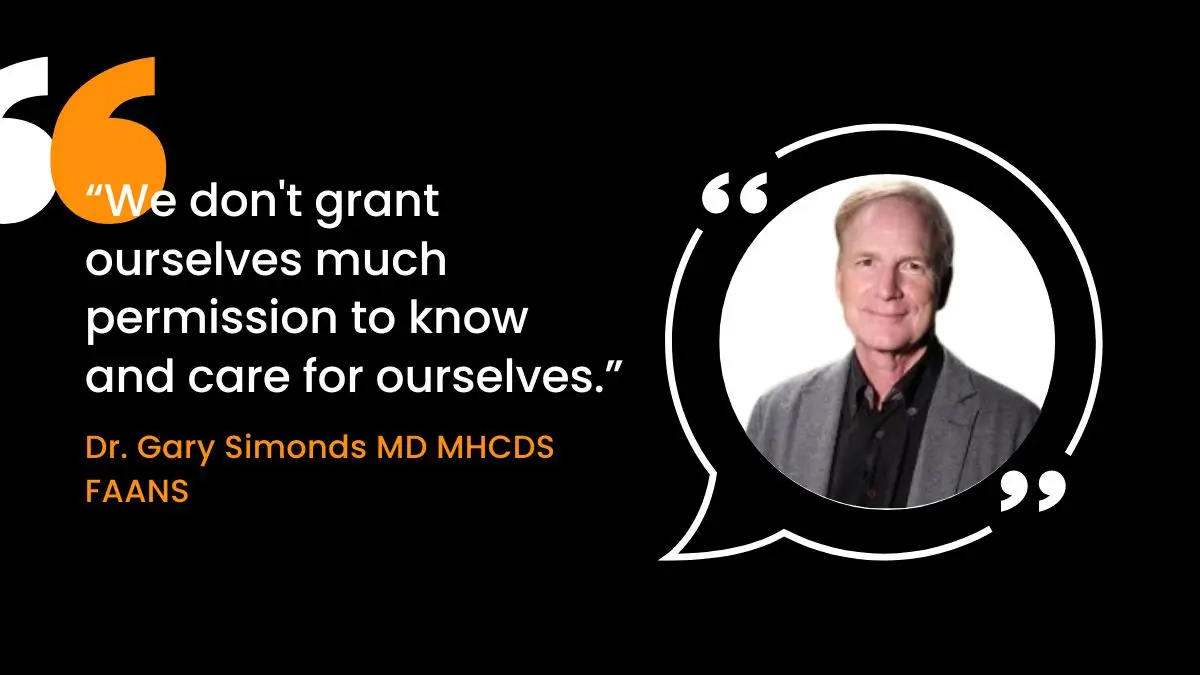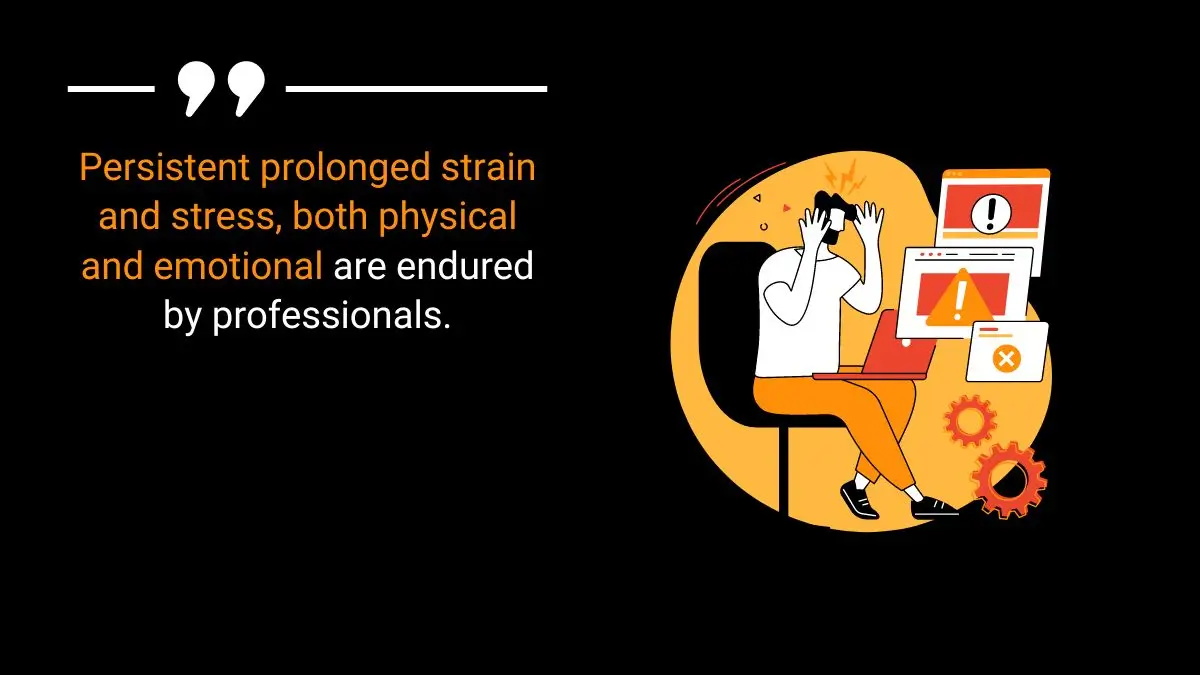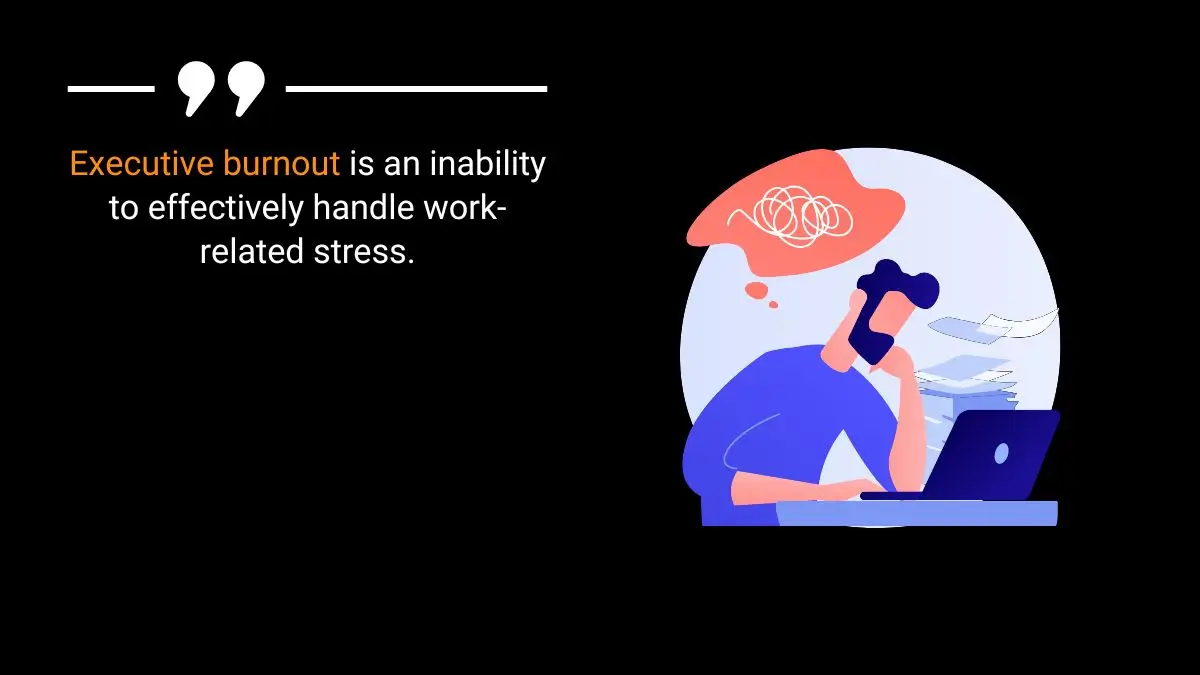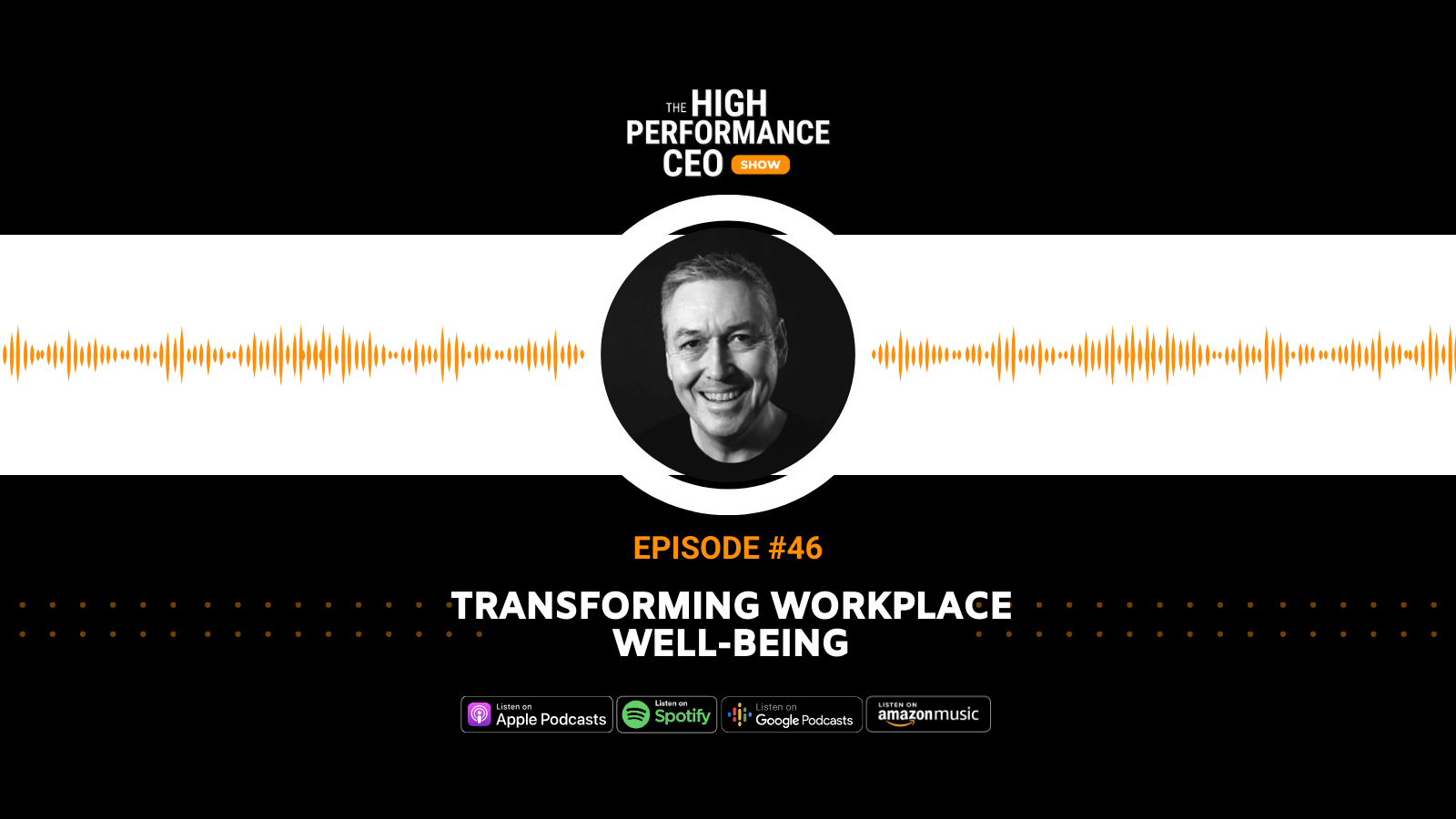4 min read
The Highs and Lows: A Mental Health Guide for High-Performers
 Sebastian Schieke
:
Feb 2, 2024 1:00:00 PM
Sebastian Schieke
:
Feb 2, 2024 1:00:00 PM

In the demanding world of leadership, the intertwining of mental health, stress, and physical well-being is a conversation that cannot be overlooked. Recently, I sat down with Gary Simonds, a neurosurgeon with a profound understanding of the human brain, to delve into these topics. This exchange, rich with insights, offers a beacon of guidance for CEOs, founders, and business leaders navigating the complexities of executive burnout and mental wellness.
The Expertise of Gary Simonds
Gary brings a unique perspective to the table, combining his medical knowledge with firsthand experience in high-stress environments. His expertise sheds light on the critical balance between mental and physical health, emphasizing the importance of healthy relationships, both in the personal and professional spheres.
Throughout their conversation, several key insights emerged, each serving as a cornerstone for leaders seeking to maintain their well-being amidst the pressures of everyday life.
Find Gary:
LinkedIn: https://www.linkedin.com/in/gary-simonds-5b0225a/
Key Discussion Points:
Understanding Mental Health and Illness
The journey towards understanding mental health and mental illness is foundational for high-performing individuals.
Gary emphasizes the "persistent prolonged strain and stress, both physical and emotional" that professionals endure, which underscores the importance of recognizing and addressing mental health issues in high-pressure environments.
Recognizing the early signs of mental health problems and disorders is crucial, as it allows for timely intervention and management. Gary highlighted the importance of acknowledging one's feelings and emotional states as indicators of mental well-being. By understanding the nuances of various mental disorders, executives can better equip themselves with the resources needed to maintain their mental health. This awareness is a stepping stone towards developing coping mechanisms to handle stress and prevent executive burnout.
The Role of Physical Health
Physical health is intrinsically linked to mental wellness, with daily habits playing a central role in sustaining overall health. Exercise, quality sleep, and making healthy choices in terms of nutrition and lifestyle can significantly impact one's mental state and ability to manage stress.
As Gary pointed out, the physical state of the body can either exacerbate or alleviate symptoms of mental illnesses. He highlights the detrimental effects of "smoking, long-term high blood pressure, [and] high cholesterol" on the brain, advocating for the maintenance of physical health as a component of overall well-being. Regular physical activity, in particular, has been shown to improve mood and reduce feelings of depression and anxiety, making it an essential component of a leader's daily routine.
Combatting Executive Burnout
Executive burnout is a prevalent issue among business leaders, often stemming from an inability to effectively handle work-related stress.
Gary discusses the corrosive effects of chronic stress, stating, "when you do it chronically, I think it begins to be corrosive," which is a crucial insight for leaders to understand and mitigate burnout. He emphasized the need for strategic approaches to manage daily tasks and responsibilities, advocating for a balanced approach to work and life.
Incorporating regular breaks, setting realistic goals, and delegating tasks can help mitigate the risk of burnout. Additionally, fostering a support network, both professionally and personally, can provide a buffer against the isolating effects of high-level leadership roles.
The Power of Social Well-Being
Social well-being and healthy relationships play a pivotal role in maintaining mental balance and resilience. The reduction in "person-to-person contact" and its correlation with dementia showcases the importance of social interactions for maintaining mental health, particularly in high-stress professions.
Gary stressed the value of social connections in providing emotional support and a sense of belonging, which can be particularly beneficial during stressful periods.
Building and nurturing these relationships requires intentional effort and time, but the dividends paid in terms of mental health and well-being are invaluable. Leaders should strive to cultivate a supportive environment both within their organizations and in their personal lives.
Influence of Biological Factors
The conversation delves into the brain's ability to remodel and the impact of experiences on neurological functions, highlighting the significance of biological factors in mental health.
Biological factors, including genetics and brain chemistry, significantly influence human behavior and mental health. Gary's insights into the role of biological factors shed light on the complexity of mental health issues and the necessity for personalized approaches to treatment and management. Understanding the biological underpinnings of mental disorders can guide more effective interventions, from pharmacological solutions to lifestyle adjustments aimed at optimizing brain health.
Embracing Lifelong Learning
Gary advocates for keeping the brain "active and engaged" as a means to maintain its function, emphasizing the importance of continuous learning and intellectual stimulation.
Lifelong learning is essential for personal and professional growth, particularly in the context of mental and physical health. Gary underscored the importance of continually acquiring new knowledge and skills to adapt to the evolving demands of leadership roles. This commitment to learning can also extend to understanding more about mental health, stress management, and wellness strategies, empowering leaders to take proactive steps in maintaining their well-being.
By delving into these key insights, leaders can gain a deeper understanding of the interplay between mental and physical health, the risks of burnout, and the strategies available to navigate the high-pressure landscape of executive leadership.
The insights shared by Gary are not just theoretical; they are practical steps that can be integrated into daily life. Leaders are encouraged to reflect on their health, recognize the signs of stress and burnout, and take proactive measures to maintain their well-being. This may include seeking support, prioritizing sleep, and engaging in regular physical activity.
The conversation with Dr. Gary Simonds serves as a powerful reminder of the interconnectedness of mental and physical health. By embracing the strategies discussed, leaders can navigate the highs and lows of their roles with resilience and a renewed focus on their well-being. Remember, taking care of your mental and physical health is not just about feeling good; it's about sustaining the ability to lead effectively and inspire those around you.
Key episode moments
Introduction to Mental Health in High-Stress Professions [01:20 - 02:35]: Introduction to Gary Simonds' insights on mental health challenges and stress management in neurosurgery.
The Impact of Stress on Mental and Physical Health [03:58 - 04:56]: Discussion on the effects of chronic stress on mental and physical health in demanding medical roles.
Lifestyle Choices and Their Effect on Mental Well-Being [07:56 - 08:42]: Gary explores how lifestyle factors like diet and exercise influence mental well-being and stress levels.
Aging, Brain Health, and Mental Illnesses [10:11 - 12:47]: Insights into how aging affects brain health, with a focus on preventing mental illnesses through healthy daily habits.
Social Well-Being's Role in Preventing Mental Disorders [12:47 - 14:51]: The importance of healthy relationships and social interactions in maintaining mental health and preventing disorders.
Neuroplasticity's Impact on Mental Health and Learning [20:46 - 22:36]: Gary delves into neuroplasticity and lifelong learning as key factors in managing mental health and combating mental disorders.
Strategies to Manage Executive Burnout and Work-Related Stress [30:08 - 31:40]: Discussion on strategies to handle stress and prevent executive burnout in high-pressure environments.
Building Resilience for Mental and Emotional Wellness [39:49 - 41:17]: Gary offers advice on building personal resilience and making healthy choices for emotional and mental wellness in leadership roles.
Check out our other channels:
Instagram: https://www.instagram.com/sebastian.schieke.official
YouTube: https://www.youtube.com/@thpcshow
LinkedIn: https://linkedin.com/in/sebastianschieke
Website: https://www.sebastianschieke.com








.jpg)
.webp)
